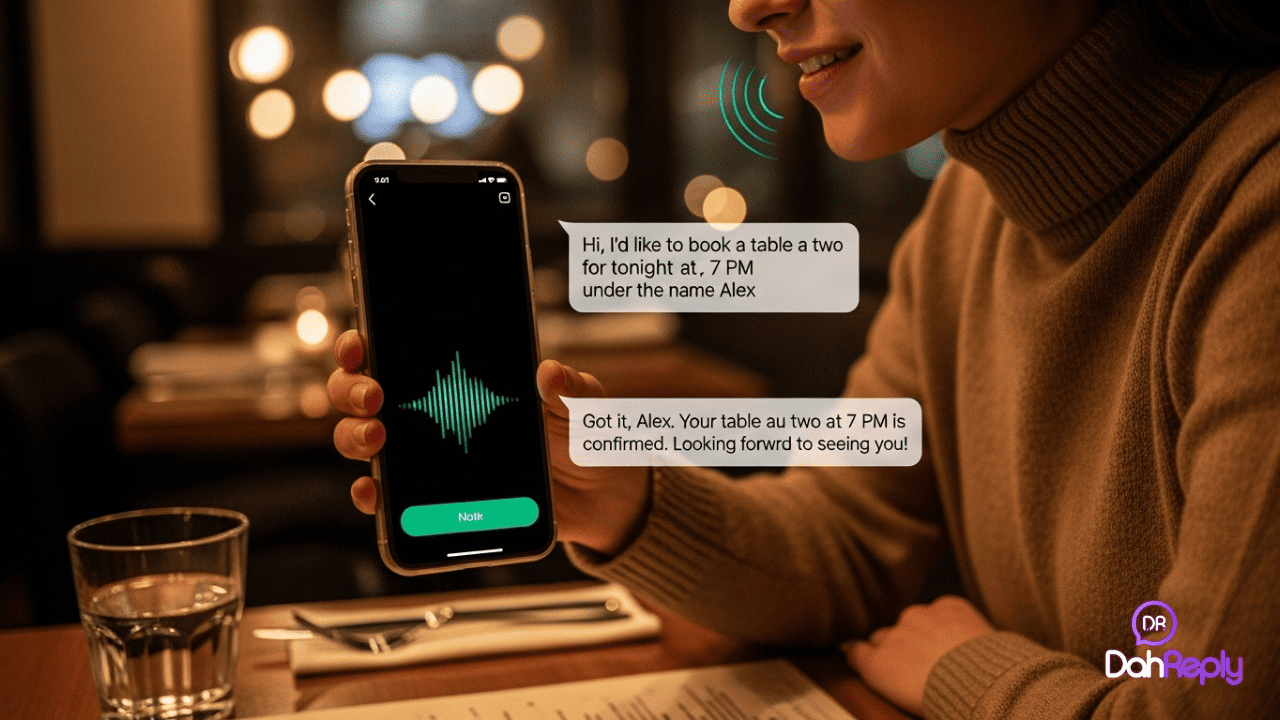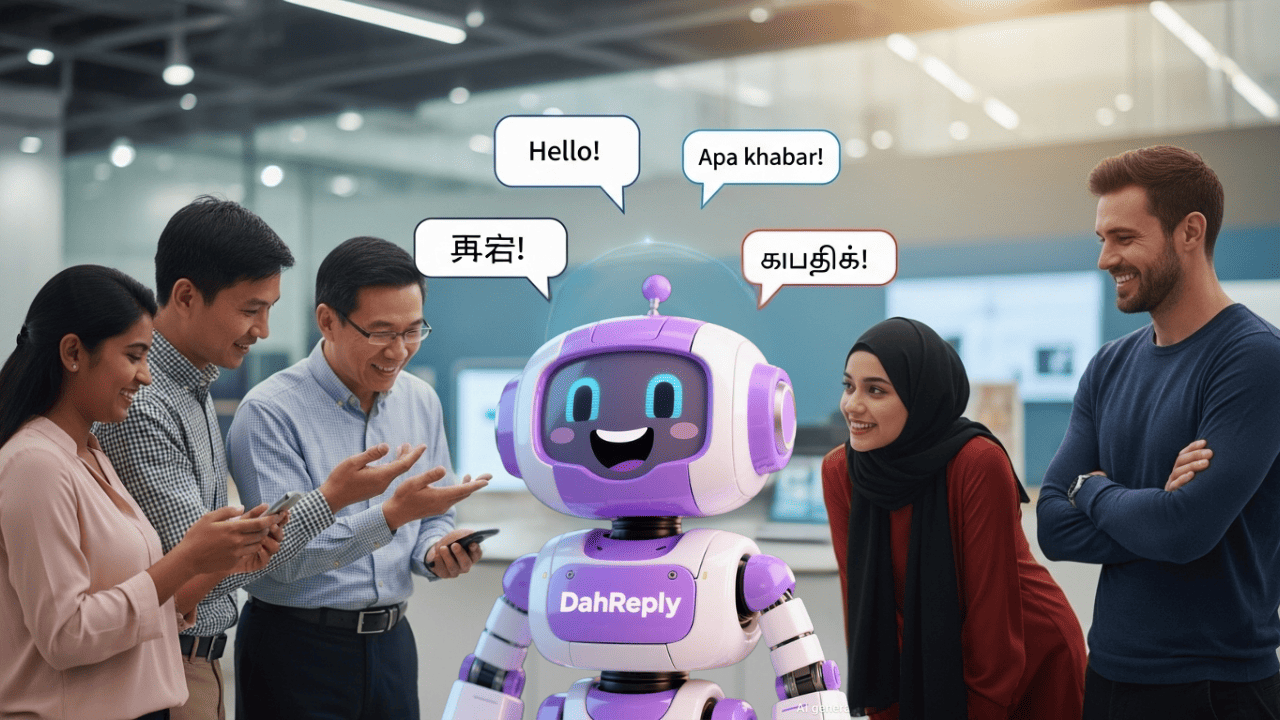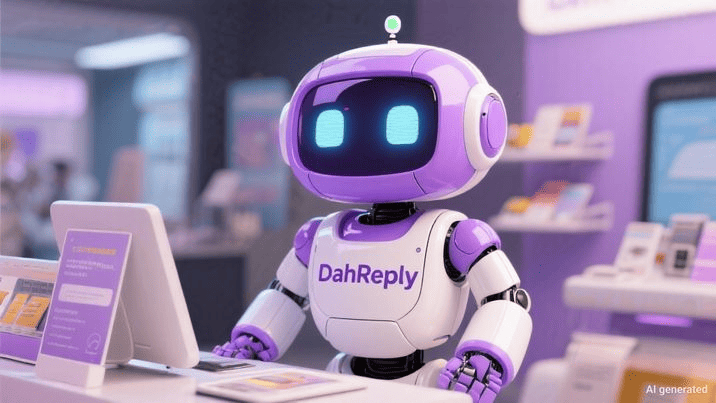TABLE OF CONTENTS
15 September 2025
Introduction: From FAQs to Revenue Engines
Five years ago, chatbots were an afterthought. Businesses installed them on their websites as a “nice-to-have,” answering FAQs like:
- “What are your opening hours?”
- “Where’s my order?”
- “Do you offer delivery?”
But let’s be honest — most customers didn’t enjoy using them. Those bots felt robotic, limited, and often ended conversations with the dreaded line: “Sorry, I don’t understand.”
Fast forward to 2025, and things couldn’t be more different. Chatbots have gone from being clunky support tools to becoming mission-critical sales and marketing assistants.
Today’s AI-powered bots can:
- Filter leads with qualifying questions.
- Secure appointments straight into your calendar.
- Send personalised promotions that actually get read.
- Generate reports and insights automatically.
- Upsell and cross-sell in a human-like way.
In short: chatbots are no longer just support agents. They’re revenue drivers.
If you’re a sales or marketing leader, keeping up with these trends is no longer optional. Let’s break down the 10 chatbot trends in 2025 that will define how businesses attract, convert, and retain customers.

1. Lead Filtering and Qualification: Stop Chasing Dead Ends
Sales teams spend 40–60% of their time chasing leads that never convert. Maybe someone clicked an ad out of curiosity. Maybe they filled a form with no budget, no urgency, or no real intention to buy. All that time? Wasted.
This is where AI chatbots shine. In 2025, chatbots are being trained to act as your first sales filter. Instead of passing every lead through, they ask smart questions like:
- “What’s your budget range?”
- “Are you looking to buy in the next month, or just exploring?”
- “Which product or service are you most interested in?”
From there, they segment prospects into hot, warm, or cold — and send only the ready-to-buy leads to your sales team.
For example, a real estate agency can have a chatbot ask:
“Are you looking to buy or rent?
What’s your budget range?
Which location are you considering?”
By the time a human agent steps in, they already know the client’s intent, saving hours of back-and-forth.
With customer acquisition costs climbing, businesses can’t afford to waste sales hours on low-value leads. A fine-tuned chatbot ensures your team spends time where it matters most.
2. Appointment Booking: Your Calendar, Always Full
How many potential sales are lost because customers couldn’t reach you after hours? Or because they gave up waiting for a reply?
In 2025, appointment booking chatbots solve this problem by:
- Syncing directly with your calendar and available times.
- Offering customers available slots directly in the chat.
- Sending confirmations and reminders instantly.
- Allowing rescheduling without human involvement.
Real-World Example:
A salon owner who added a booking chatbot saw 40% more after-hours appointments
— because customers could book at midnight when no one was answering phones.
For service retailers (salons, gyms, clinics, consultants), this is a game-changer. Bookings now happen 24/7, even while you sleep.

3. Multichannel Bots: Meet Customers Where They Are
Your customers don’t all live on one platform. Some browse your website. Others spend hours on WhatsApp. Younger audiences? They might slide into your Instagram DMs.
That’s why the 2025 trend is multichannel chatbots — one AI brain, deployed across multiple platforms.
- Website: Capture browsing visitors before they leave.
- WhatsApp: Offer fast, personal communication, with high open-rates.
- Facebook Messenger: Great for social ads follow-up.
- Instagram DMs: Perfect for retailers and lifestyle brands.
Instead of juggling different platforms, businesses can manage all customer conversations from one dashboard.
4. Conversational Commerce & Upselling: The Silent Salesperson
In 2025, customers don’t want hard-sell tactics. They want personalised, conversational nudges. That’s where conversational commerce comes in.
E-commerce chatbots have gone far beyond answering “Where’s my order?”. Now they recommend, upsell, and cross-sell — just like a smart salesperson.
Examples:
- Recommending upgrades (“Would you like a 60-min massage instead of 30-min?”).
- Offering bundles (“Many customers add this serum to their facial package — shall I include it for you?”).
- Cross-selling (“Booking a dental check-up? How about a teeth whitening add-on?”).
The best part? Chatbots don’t pressure — they nudge gently in a conversational way, which often increases average transaction values.

5. Message Blasting for Campaigns: Email is Out, WhatsApp Wins
Let’s be honest — email open rates have been tanking for years. The global average sits around 20%.
Compare that with WhatsApp and Messenger, where open rates can hit 90%+. No wonder businesses are making the switch.
That’s why chatbot-powered message blasting is booming in 2025. Instead of relying solely on email newsletters, businesses use chatbots to send:
- New promotions or discounts.
- Seasonal greetings.
- Event invites and reminders.
- Product updates.
2025 bots allow AI-personalised campaigns — meaning no two messages are the same so your loyal customer might see:
“Hi Sarah, since you loved our facial package last month,
here’s a 20% voucher for your next visit.”
Instead of a generic blast.
6. Voice-Enabled Chatbots: The Rise of Hands-Free Conversations
With Siri, Alexa, and Google Assistant everywhere, people are getting used to talking instead of typing. That habit is shaping chatbot interactions too.
What’s New in 2025:
- Customers can speak to book appointments (“Book me a haircut this Saturday at 2pm”).
- Voice chatbots are great for elderly customers or those on-the-go.
- Service retailers like clinics or spas are experimenting with voice bots for call-in customers.
For service retailers in Malaysia, voice bots can also understand multiple languages such as English, Malay, or Mandarin — reflecting the way we naturally speak.

7. AI Fine-Tuning: From Generic to Genius
Remember those early bots that gave the same canned answers to everyone? Painful.
That’s why 2025 is all about fine-tuned chatbots. Instead of generic AI, businesses are training chatbots on their business knowledge:
- Company FAQs.
- Product catalogues.
- Policy documents.
- Past customer conversations.
The result? This makes bots far more accurate, brand-aware, and helpful.
Tip: Regularly update your chatbot’s knowledge base to reflect new promotions, services, or policies.
8. AI-Powered Analytics & Report Generation
Chatbots aren’t just talking to customers — they’re reporting back to you.
In 2025, businesses are using chatbots to auto-generate reports like:
- Number of leads filtered this week.
- Most common customer questions.
- Booking stats (peak times, cancellations).
- Campaign message open rates.
This data empowers sales & marketing teams to make smarter decisions without drowning in spreadsheets.
9. Localisation: Speak Like Your Customers
In multicultural markets like Malaysia, Singapore, and beyond, localisation is critical. Customers expect you to speak their language and culture.
2025 chatbots can:
- Converse in multiple languages (English, Bahasa Malaysia, Mandarin, Tamil).
- Adapt to local slang and tone.
- Respect cultural context (e.g., festive greetings, polite phrasing).
This makes bots more relatable and inclusive, improving engagement.

10. Human-like Tone & Brand Personality
The final trend is perhaps the most important: chatbots with personality.
Nobody likes talking to a robot. In 2025, the most successful businesses are giving their bots a human-like tone — warm, empathetic, and aligned with brand values.
- A fitness brand chatbot might be energetic and motivational.
- A clinic chatbot might be calm and reassuring.
- A retail chatbot might be playful and friendly.
This human touch builds trust and engagement, making customers more likely to complete bookings or purchases.
Chatbot “brand voice” is becoming as important as logo or colour scheme. Customers will remember how your bot spoke to them.

Chatbots Are Your New Revenue Team
The days of boring FAQ chatbots are gone.
In 2025, chatbots are not “nice-to-have.” They are critical revenue engines that filter leads, fill calendars, blast campaigns, upsell customers, generate reports, and adapt to culture — all while sounding human.
For sales and marketing leaders, the opportunity is clear: adopt these chatbot trends or risk falling behind competitors who already have.
Ready to see what an AI chatbot can do for your business?
Try out our AI Chatbot Builder — free and launch in minutes. Or simply WhatsApp Us to start a conversation today.


